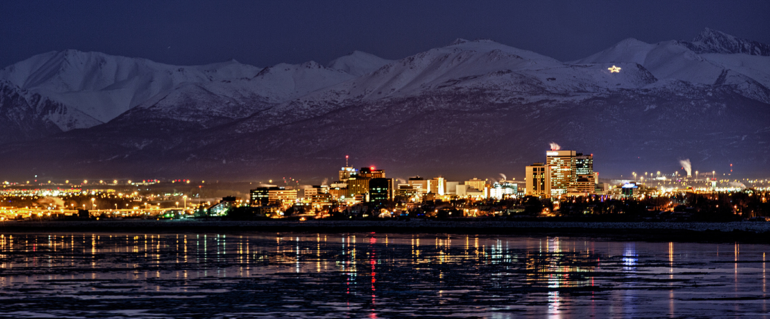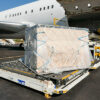Port of Alaska: Lifeline of Alaska
Alaska is a unique state with many remote areas, rugged terrain, and weather conditions. Because of this, many goods must be imported from Asia or shipped domestically from Seattle, WA, and other ports on the western coast of the United States. The primary point of entry for these goods is in Anchorage at the Port of Alaska. Let’s take a look at this vital area and why it is known as the Lifeline of Alaska.
Location
Anchorage, in Southcentral Alaska, is located at the upper end of the Cook Islet. This position offers some shelter from the rough waters of the open Pacific Ocean and protection against tsunamis, yet is still deep enough to accommodate large cargo and cruise ships. It’s not surprising to learn that more than half of all Alaskans live within 1-2 hours of this port, but that isn’t just because of the deep water access, but also what happens to the cargo once it arrives.
Distribution Hub
In the Port of Alaska, cargo that arrives by ship is then transferred to the nearby airport, railway, trucks or pipelines, continuing distribution throughout Alaska. Here are some examples of what goes through this port: fuel, food, home goods, construction materials, mining equipment, just to name a few. These goods then find their way to almost all of Alaska. Many jobs are tied to the port and the external transportation networks. Think of the Port of Alaska as the state’s heart and the distribution networks, the arteries flowing from it, providing a critical connection to the people of Alaska. Hence, the Port of Alaska in Anchorage is the “Lifeline of Alaska.”
The Future
So to talk about the Port of Alaska’s future, let’s talk for a moment about it’s past. Once a tent city during the bustling days of early railroad in the area, Anchorage’s dependence on its deepwater port has only grown. The Port of Alaska began operations in 1961 and just a few years later withstood the shaking of the 1964 Great Alaskan (or Good Friday) earthquake. Since then, the port has degraded due to corrosion and a naturally aging infrastructure. Experts fear that the port would not fare so well again if another earthquake were to strike the area.
To ensure that operations in the Port of Alaska could continue, a Modernization Plan (PAMP) (phasing overview images shown here), was introduced. The plan includes port reconstruction and stabilization projects, not actual expansions, intending to withstand future seismic activity, and continue to serve the needs of Alaska for at least 75 years to come.
There have been many struggles along the way, including revised budgets, litigation, tariff increases, security concerns, and funding issues. Some projects are underway, but completion for all phases will take years.
About Alaska Air Forwarding
Alaska Air Forwarding also recognizes the importance of this transportation hub and has an office location adjacent to the Ted Stevens Anchorage International Airport. We are an experienced freight shipping company with the expertise to get your equipment and goods to Alaska quickly and efficiently. Contact us for a quote today.






